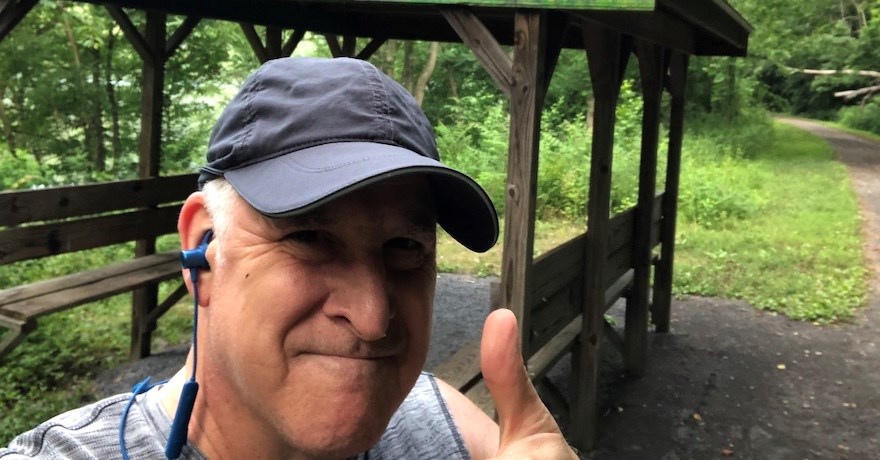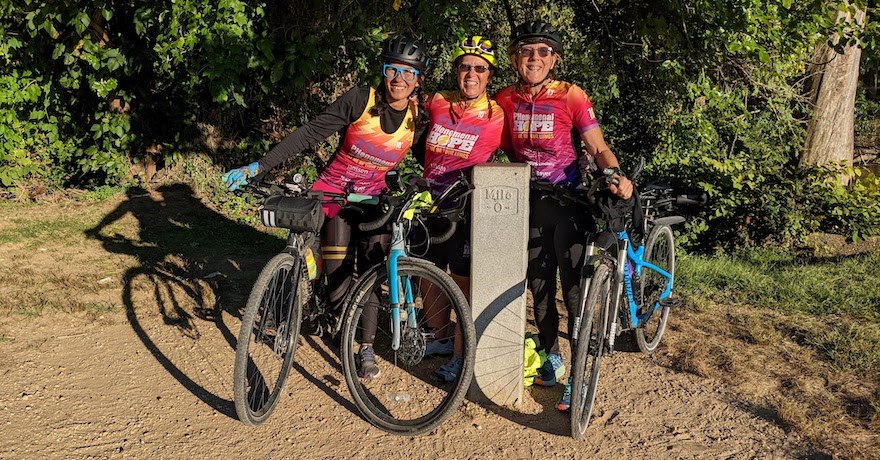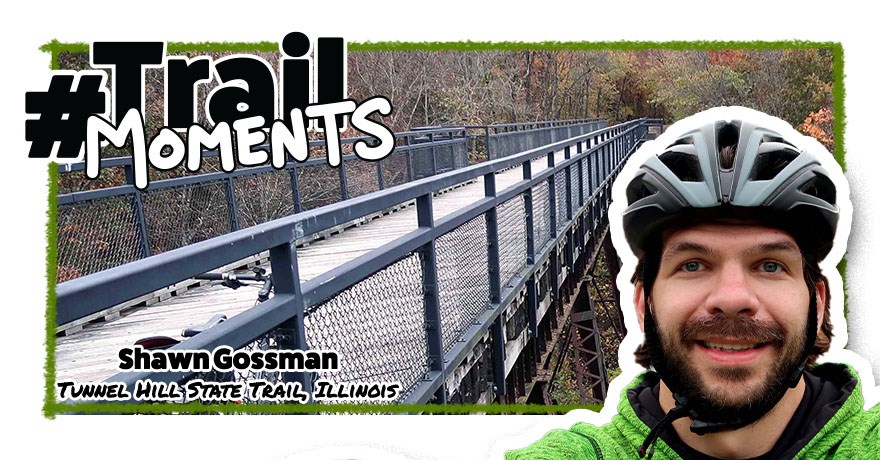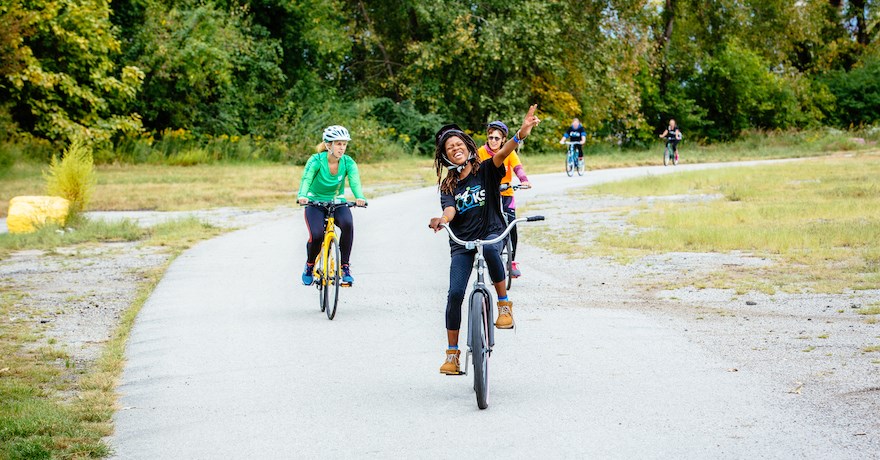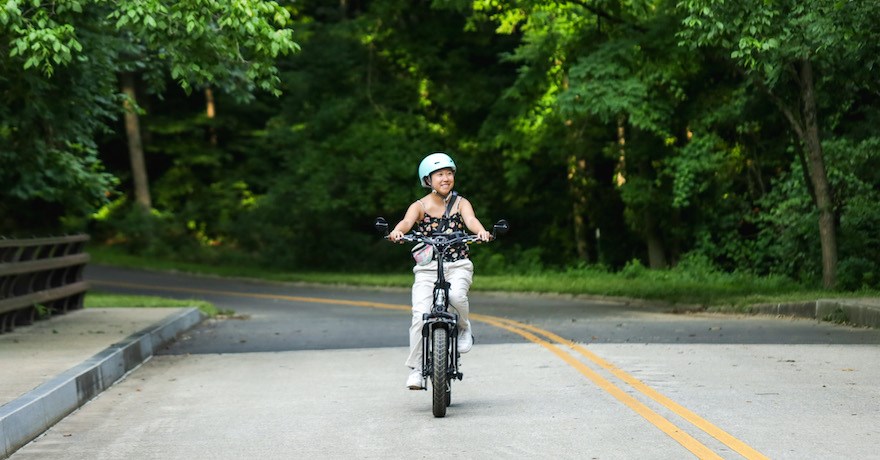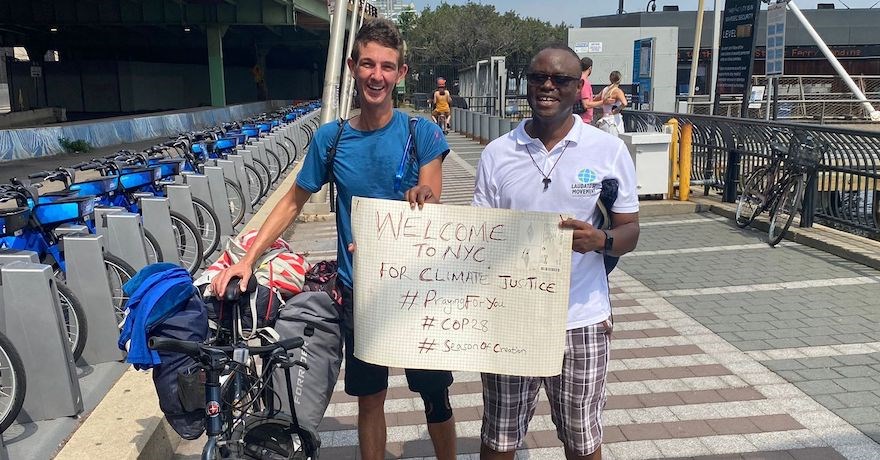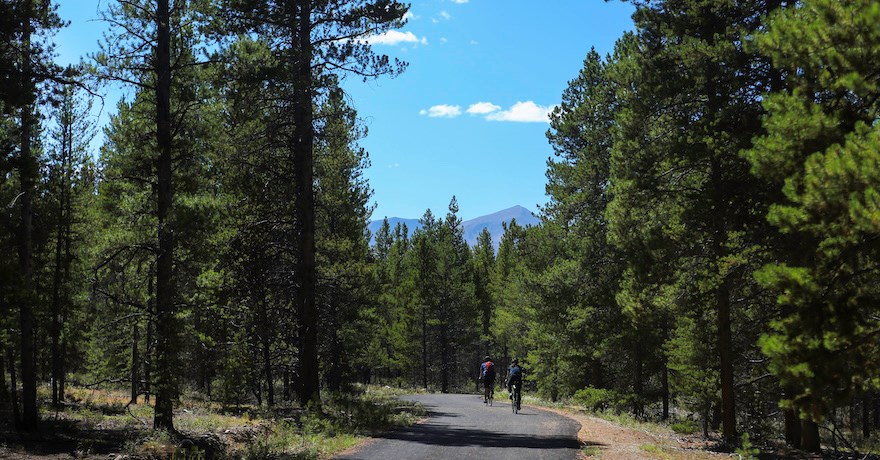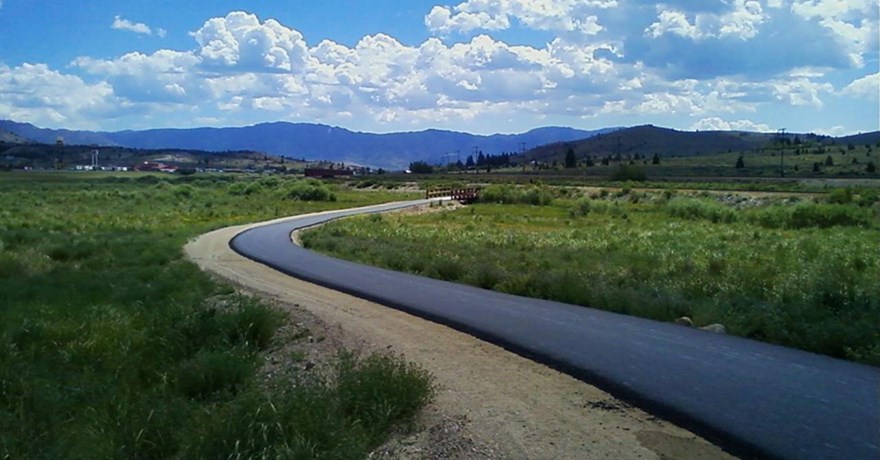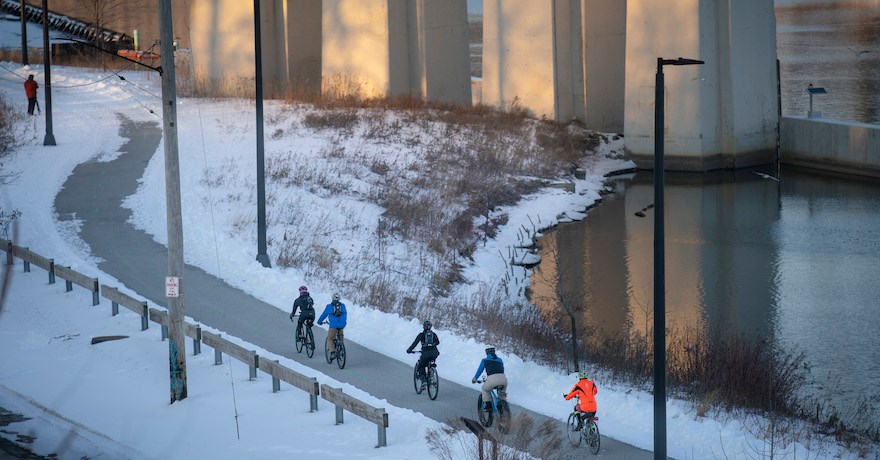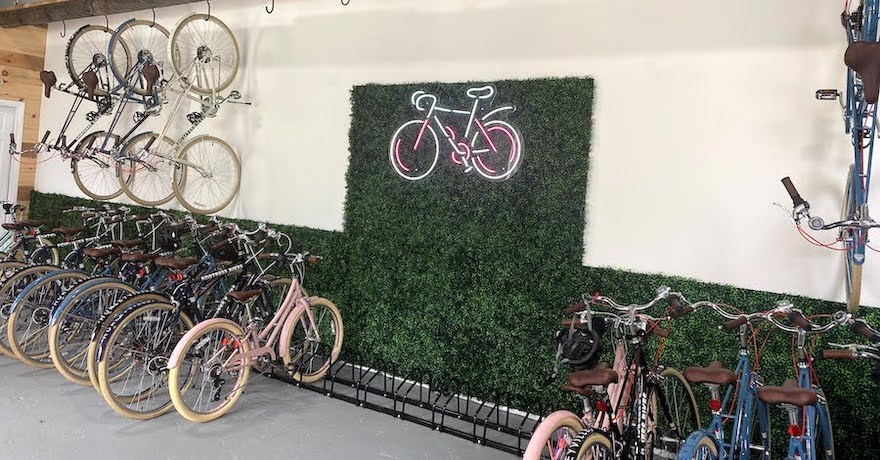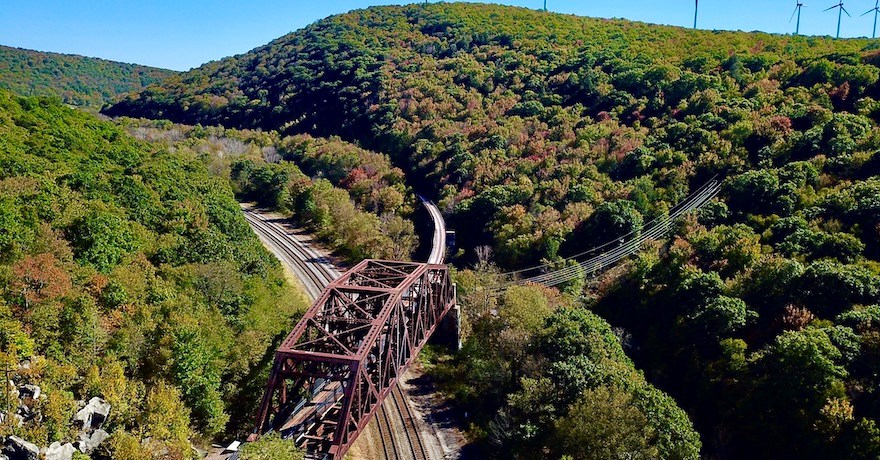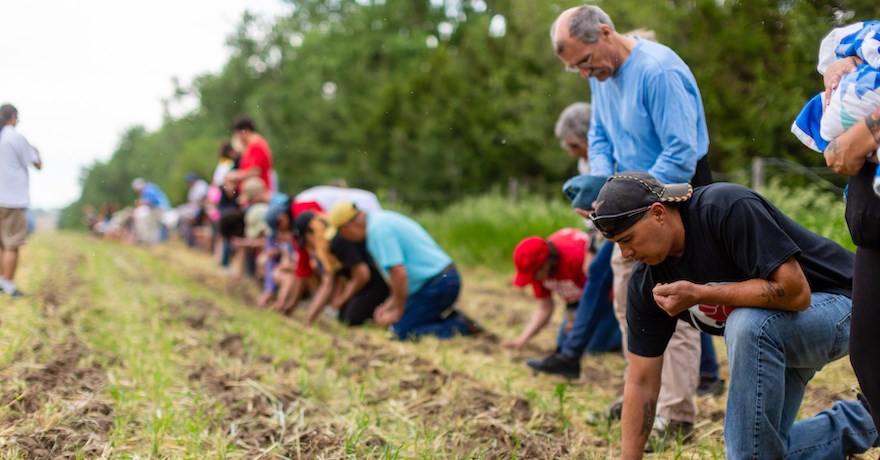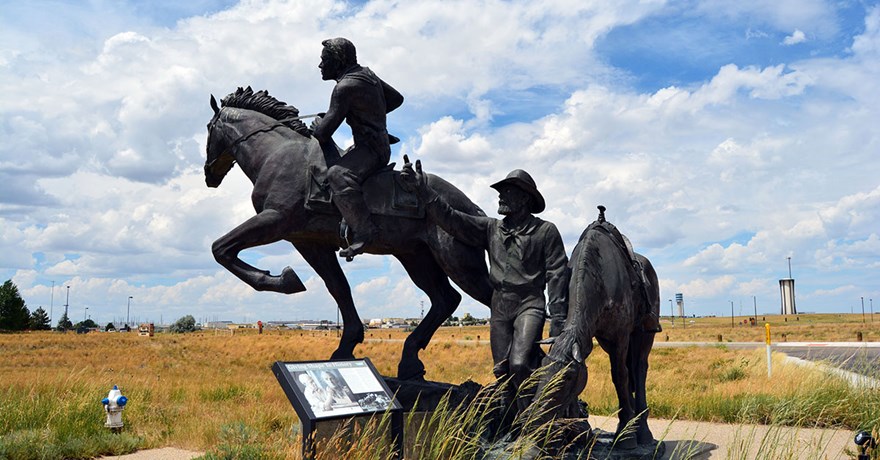Benefits of Trails
Photo courtesy Getty Images
Learn about the benefits of trails including provide health and wellness, economic revitalization, environmental, transportation options and improved quality of life, and heritage preservation and community identity benefits.
Trails and greenways are often seen narrowly when it comes to their benefits. People tend to focus on the recreational or environmental aspects of trails and greenways, failing to see the big picture—the total package of benefits that a trail or greenway can provide to communities, including public health, economic and transportation benefits, and even the effect on community pride and identity.
When seen as a whole, the evidence about the far-reaching benefits of trails and greenways is compelling, especially given the minimal public investment involved compared to other undertakings with the same community goals.

Health and Wellness
Related: How a Rail-Trail Helped Save My Life and Redirect My Focus
Trails and greenways create healthy recreation and transportation opportunities by providing people of all ages with attractive, safe, accessible and low- or no-cost places to cycle, walk, hike, jog or skate. Trails help people of all ages incorporate exercise into their daily routines by connecting them with places they want or need to go. Communities that encourage physical activity by making use of the linear corridors can see a significant effect on public health and wellness.
The U.S. Centers for Disease Control and Prevention (CDC), a past sponsor of Celebrate Trails Day, reports that 25% of Americans are inactive and that increasing our physical activity is one of the best things we can do for our health. Findings from the Community Preventive Services Task Force recommends parks, trails and greenways as infrastructure interventions that increase physical activity. These improvements, however, need to be combined with community engagement to increase awareness, expand programs and enhance access.
Transportation Options and Improved Quality of Life
In addition to providing a safe place for people to enjoy recreational activities, greenways and trails often function as viable transportation corridors. Trails can be a crucial element to a seamless urban or regional multi-modal transportation system. Many areas of the country incorporate trails and similar facilities into their transit plans, relying upon trail facilities to “feed” people in to and out of transit stations in a safe and efficient manner. The ability to avoid congested streets and highways, and travel through natural areas on foot or by non-motorized means, is a large factor in a community’s “livability.”
More than half of all trips in the United States are within a 20-minute bike ride, and a quarter are within a 20-minute walk. Swapping even a portion of these short trips from car trips to walking and biking trips (trail trips!) is something we can all do to make a difference. The best part—it will help us feel better, too.
Conservation and Environment
Linear greenspaces, including trails and greenways, have all the traditional conservation benefits of preserving green space, but also have additional benefits by way of their linear nature. As tools for ecology and conservation, greenways and trails help preserve important natural landscapes, provide needed links between fragmented habitats and offer tremendous opportunities for protecting plant and animal species. They also can be useful tools for wetland preservation and the improvement of air and water quality. In addition, they can allow humans to experience nature with minimal environmental impact.
Economic Revitalization and Tourism
The economic effects of trails and greenways are sometimes readily apparent (as in the case of trailside businesses) and are sometimes more subtle, like when a company decides to move to a particular community because of amenities like trails. There is no question, however, that countless communities across America have experienced an economic revitalization due in whole or in part to trails and greenways.
Historic Preservation and Community Identity
Many community leaders have been surprised at how trails have become sources of community identity and pride. These effects are magnified when communities use trails and greenways to highlight and provide access to historic and cultural resources. Many trails and greenways themselves preserve historically significant transportation corridors.
